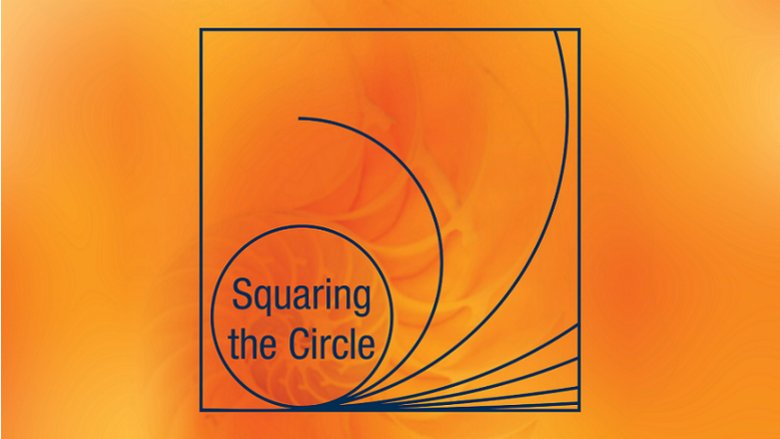
Today’s global economy consumes over 100bn tonnes of raw materials every year, while at the same time discarding roughly 90bn tonnes of materials as waste. The amount of virgin resources mobilized between 2000 and 2015 already equals more than half of those extracted between 1900 and 2000. By 2050, global demand for virgin materials is expected to at least double again.
Our current “take-make-waste” linear model of economic expansion is unsustainable, not only on environmental terms (up to two-thirds of global GHG emissions, 90 percent of biodiversity loss, and 2/3 of air quality-related deaths are directly attributable to material extraction, consumption and waste), but also from an economic security and inclusion dimension. While paying the costs of global environmental degradation, developing countries – particularly those whose economies are heavily concentrated on raw materials exports - also disproportionately suffer from commodity supply shock, and will face increasing investment and trade-related risks from resource efficiency policies enacted in high income countries.
The above has developmental and global public goods implications at the heart of the Bank’s mission. Squaring the Circle: Policies from Europe’s Circular Economy Transition – is the World Bank’s first comprehensive report providing an assessment of the problem and proposing solutions to decouple growth from material consumption.
The report examines the EU's experience in furthering the circular economy agenda to elicit lessons that can benefit countries within and beyond Europe’s borders, showing that achieving material decoupling is possible through a far-reaching suite of policies aimed at creating the incentives to ensure an adequate pricing of natural resources; providing information allowing economic actors to take better decisions; enabling institutions to mainstream circularity as a whole-of-government agenda; and unlocking investments to support uptake among producers and consumers.
